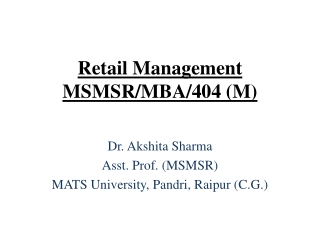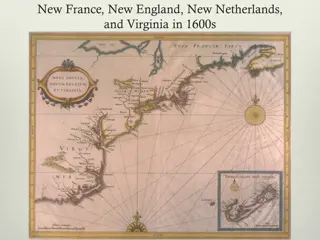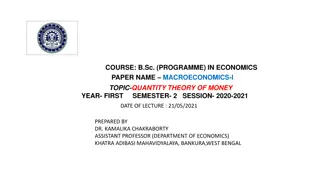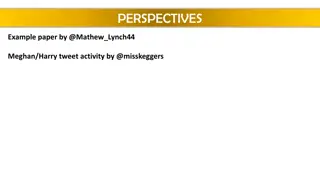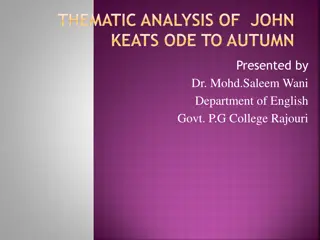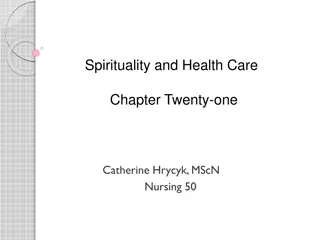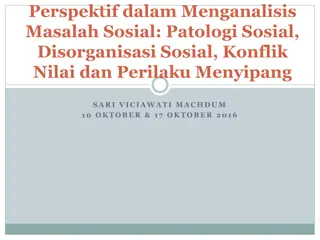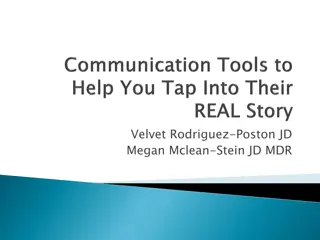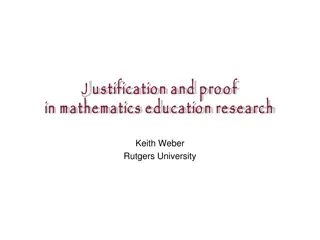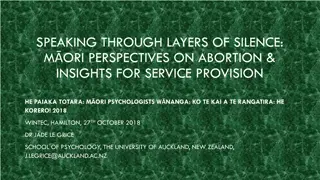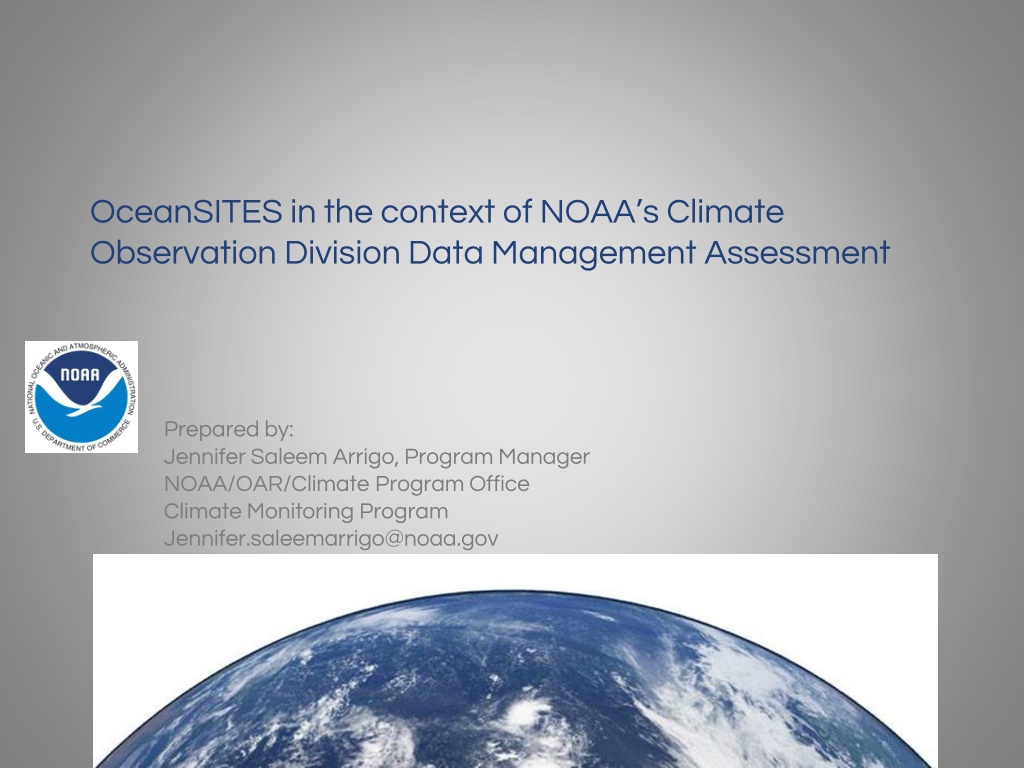
OceanSITES NOAA Climate Data Management Assessment
Explore the data management assessment of OceanSITES in the context of NOAA's Climate Observation Division. Learn about the vision for NOAA data management, accessibility of OceanSITES data, and methods for data access. Discover how OceanSITES is contributing to environmental data preservation and usability.
Download Presentation

Please find below an Image/Link to download the presentation.
The content on the website is provided AS IS for your information and personal use only. It may not be sold, licensed, or shared on other websites without obtaining consent from the author. If you encounter any issues during the download, it is possible that the publisher has removed the file from their server.
You are allowed to download the files provided on this website for personal or commercial use, subject to the condition that they are used lawfully. All files are the property of their respective owners.
The content on the website is provided AS IS for your information and personal use only. It may not be sold, licensed, or shared on other websites without obtaining consent from the author.
E N D
Presentation Transcript
OceanSITES in the context of NOAAs Climate Observation Division Data Management Assessment Prepared by: Jennifer Saleem Arrigo, Program Manager NOAA/OAR/Climate Program Office Climate Monitoring Program Jennifer.saleemarrigo@noaa.gov
Vision for NOAA Data Management All NOAA environmental data shall be Discoverable Accessible Usable Preserved for all types of users and applications. Implementation of NOAA s response to US PARR (Public Access of Research Results) and working toward achieving this vision 3
How is OceanSITES doing? Is OceanSITES data Discoverable Accessible Usable Preserved for users and applications? 4
How is OceanSITES doing? Is OceanSITES data Discoverable Accessible Usable Preserved for users and applications? Data access methods or services offered: Data are collected in near-real- time from nearly all Ocean Reference Stations and immediately made available on the Global Telecommunications System (GTS); data are also made accessible at the Global Data Assembly Centers at NDBC and IFREMER via ftp. Data available from THREDDS and OpenDAP at NDBC. Limited services are available to help users retrieve datastreams. 5
Whats your vision for OceanSITES? for some key users and applications. Discoverable Accessible Usable Preserved WHO do you think can use the data? WHAT makes the data unique/ valuable? WHERE do you discover/access/use data yourself (or your students, or your colleagues)? HOW do potential users want to get that data? your KEY WHY are you doing this? 6
Well on the Way Long term effort and mature data model; decisions to use standards sets you up well good conversations this week - identify your users and address their needs; identify your wants and what you can do to help acheive them Build upon what s been done - next steps should be driven by your priorities International effort presents opportunities and challenges Love your data? Love your metadata
Where we are and whats next Initial Data Management Plans for six systems on file (soon public) Projects are spending between 2% and 21% of resources on data management Meeting metadata requirements; Getting data registered in noaa.data.gov Harnessing the results (better dissemination) Grants-generated data Online access formats need more standardization build on good examples UAF- Unified Access Framework (TDS/CF/NetCDF) https://geo-ide.noaa.gov/
Data Management Assessment Starting with the Six NOAA Systems of Record that contribute to GOOS eXpendable Bathythermograph (XBT)Network, contributions to Global Sea Level Observing System, Ocean Reference Sites part of Global OceanSITES, Argo program, Global Carbon Networks, Global Drifter Program, (GTMBA (TAO, RAMA, PIRATA) assessed by PMEL) Template to Assess Data Lineage and Quality Workflow and quality control Documentation The EDMC Data Documentation Procedural Directive requires that NOAA data be well documented, specifies the use of ISO 19115 and related standards for documentation of new data, and provides links to resources and tools for metadata creation and validation. Discovery and Access The EDMC Data Access Procedural Directive contains specific guidance, recommends the use of open- standard, interoperable, non-proprietary web services, provides information about resources and tools to enable data access Data Preservation and Protection
Snapshot of OceanSITES Metadata for Discovery Discovery metadata allows users to search and find NOAA data holdings using tex t, keyword, temporal, and spatial queries, and to locate a contact person for the da ta they discover. To allow for data discovery without downloading the data files themselves, an index file is created by each of the GDACs. The index file is a comma- separated-values text file named oceansites_index.txt, in the root directory of each GDAC. It contains a list of the files on the server, and metadata extracted from those files. The file contains a header section, lines of which start with # characters, the list of all data files available on the GDAC, and their descriptions. Discoverable Accessible VS. NCEI archived data - compliant metadata for discovery; WAF or metadata catalog; ability to list in multiple catalogs Usable Preserved for all types of users and applications. 7.3% of NOAA funding for OceanSITES dedicated to Data Management 1 1
Snapshot of OceanSITES Data shall be available in one or more machine-readable digital formats. Open- standard, non-proprietary formats are recommended, per US Open Data Policy.14 Data access methods or services offered: Data are collected in near-real-time from nearly all Ocean Reference Stations and immediately made available on the Global Telecommunications System (GTS); data are also made accessible at the Global Data Assembly Centers at NDBC and IFREMER via ftp. Data available from THREDDS and OpenDAP at NDBC. Limited services are available to help users retrieve datastreams. Accessible Accessible Usable Preserved for all types of users and applications. 7.3% of NOAA funding for OceanSITES dedicated to Data Management 1 2
Snapshot of OceanSITES Limited services are available to help users retrieve datastreams. Vs. Argo via the GTS for operational centers (data are in TESAC or BUFR format), via DOIs on the GDACs, via the two Global Data Assembly Centers (GDACs) in NetCDF format, via Data selection tools on the GDACs, via gridded fields and velocity products based on Argo NetCDF files from the GDACs, via data viewers that incorporate Argo data, via individual float data and plots at Coriolis GDAC, via the Global Argo Data Repository (GADR) for archived and offline data Usable Accessible Usable Preserved for all types of users and applications. Who are your users? What do they need? (e.g. Flux calculations, continuous time series) How will they find and understand the data? 1 3
Whats your vision for OceanSITES? for some key users and applications. Discoverable Accessible Usable Preserved WHO do you think can use the data? WHAT makes the data unique/ valuable? WHERE do you discover/access/use data yourself (or your students, or your colleagues)? HOW do potential users currently view your data? your KEY WHY are you doing this? 1 4

